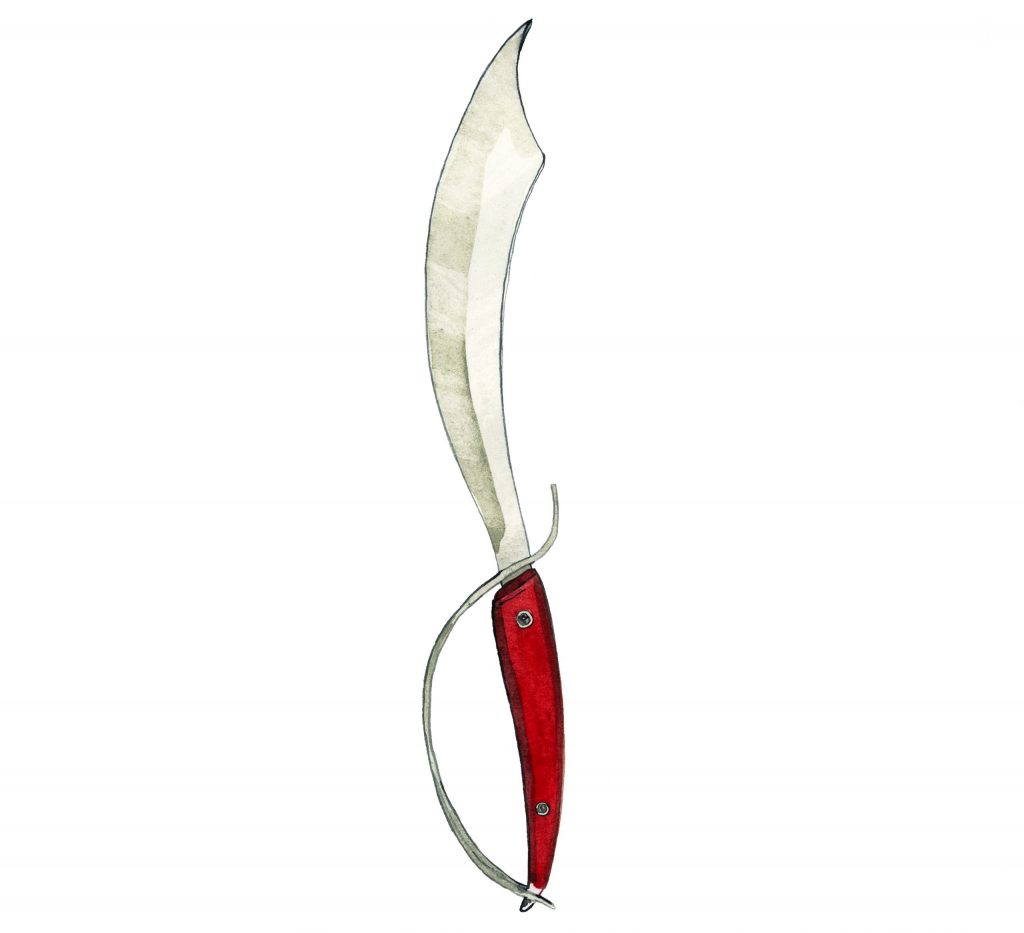A tale as old as France
Author: Adam Holden

Champagne enjoys an unmatched reputation as the go-to celebration wine, built on centuries of festive associations. Adam Holden shines a light on the best-known historical moments which have helped to shape an iconic legacy.
Wine of kings
For as long as it’s existed as a sparkling wine, Champagne has been inextricably linked to festivity, celebration and the grandest of occasions. Nothing ushers in a joyeux noël like hearing the unmistakable pop of that mushroom cork.
Perhaps the link is as old as France itself: Clovis the 1st was baptised in the Cathedral of Reims on Christmas Day, where he was later coronated as the first king of the united Franks. Celebrations were, presumably, well-oiled with what would then have been the still wines of the region.
With the addition of bubbles, these rather thin, acidic, still wines from the cold vineyards of Champagne found their raison d’être, with much of the credit going to the famous Dom Pérignon himself. His exceptional palate (which improved the quality of the wines), his skill in coaxing perfectly white wine from red grapes and his tenacity in pursuing a more stable, consistent effervescence to reduce the ever-present threat of exploding bottles, left him with a permanent spot in Champagne’s Hall of Fame.
A sense of theatre
If not for Dom Pérignon, perhaps we wouldn’t be able to enjoy the luxury of Champagne’s frothing mousse. The first aristocrats to enjoy this novel, bubbly wine appreciated its liveliness almost more than the wine itself. The unpredictable expulsion of a pent-up bottle was frequently spent dousing guests for festive entertainment rather than making it anywhere near a glass – a tradition which is mercifully less common today, except among Formula 1 drivers.
As if this were not theatre enough, we can further indulge an impulse for festive showmanship by reaching for the sabre. The practice of sabrage, which was favoured by Napoleon and his captains, involves running a sword along the bottle to make contact with the lip and send the collar and the cork flying as one. It certainly adds to the sense of occasion – be sure to equip all bystanders with essential eye protection or the laughter may turn to tears.
Far from being reserved only for victories, Napoleon considered defeat just as good an excuse for a glass of Champagne. Louis XVI would probably relate to this sentiment, having drunk generous amounts of Champagne just before losing his head to the guillotine.
Enter the Widow Clicquot
A century later, The Widow Clicquot (of iconic label Veuve Clicquot), spared no effort in making the manufacture process for Champagne easier and more consistent. And she wasted no time in capitalising on her enthusiastic new customer base either. The Russian aristocracy greedily purchased whatever they could get their hands on, having developed a taste while occupying Reims at the conclusion of the Napoleonic Wars – a fitting way to commemorate their long-sought triumph over The Great General’s imperial ambitions.
Where the British consumer surely influenced the style of sparkling Champagne wines is in its dryness. The sugar levels of early sparking Champagnes were adjusted to suit the destination, but even the dry styles were generally sweet. The Russians had a taste for wines with sweetness well above that of modern-day Sauternes or Tokaji, whereas the British favoured the crisper style.
The Prince of Wales (later Edward VII) enjoyed the 1865 vintage unsweetened, subsequently giving dry Champagne his royal assent. Importantly, these increasingly dry wines necessitated an improvement in overall quality, given that the addition of sugar was an effective way of concealing a wine’s shortcomings. Today, despite our modern palates having adjusted to the presence of sugar in almost everything, low or zero dosage Champagnes are increasing in both number and popularity for their freshness and purity of fruit.
A grand legacy
The Widow Clicquot’s revolutionary process for removing the dead yeast cells which remain from the second fermentation – critically without losing too much wine or causing it to go flat – allowed Champagne to reach a far wider audience.
Once the sole preserve of royalty, an increasingly affluent middle class could now access this noble delicacy. Still, its associations with aristocracy and grandeur have endured, and have us reaching for our sabres on all of our most treasured occasions.
There are few better reasons to indulge a lavish impulse than gathering with loved ones on Christmas Day – still the perfect excuse for a glass of wine at breakfast. And what can compete with Champagne for early morning appeal? As Noel Coward once said “Why do I drink champagne for breakfast? Doesn’t everyone?”.
Explore our selection of festive Champagne and sparkling wines here


